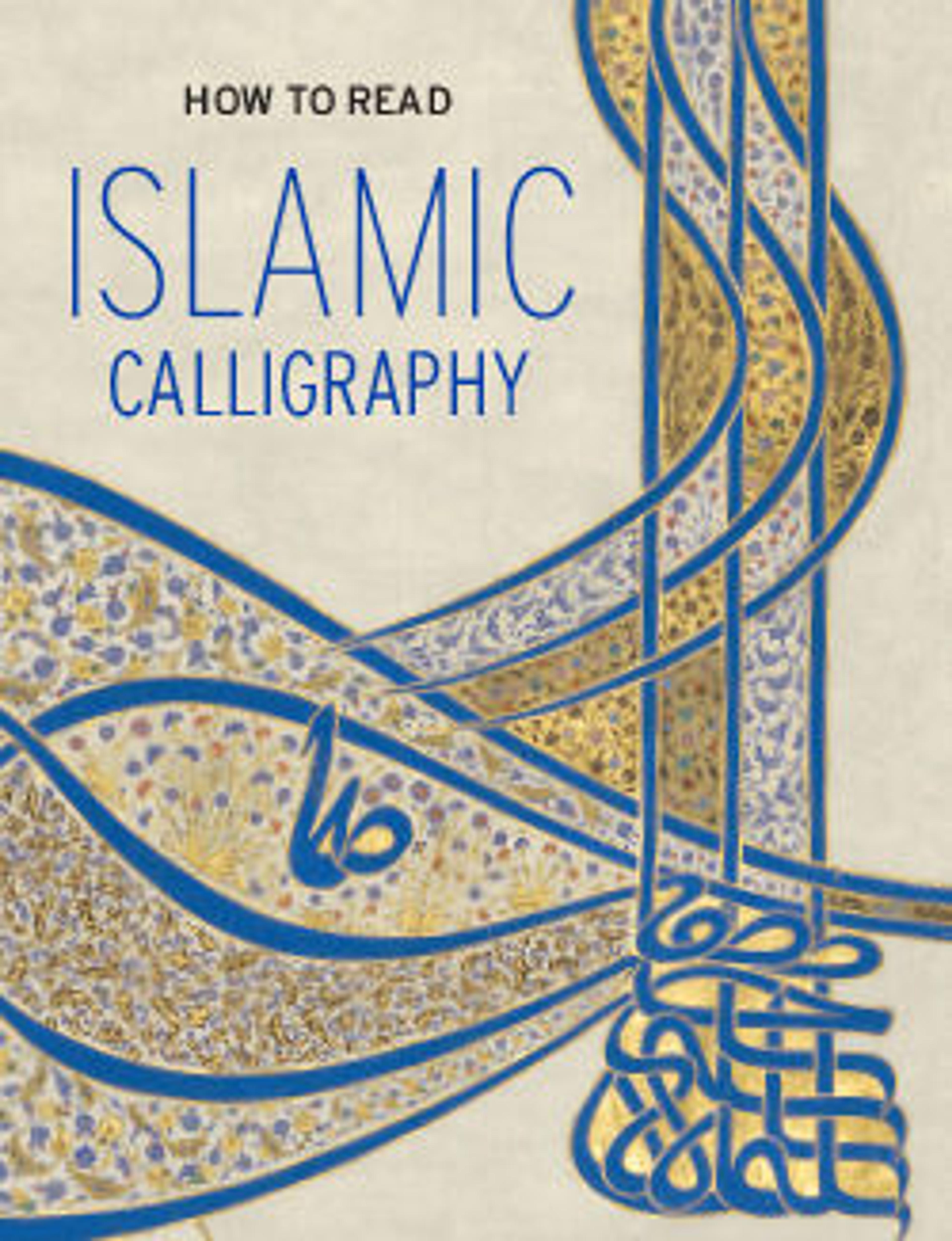Qur'an Case
This pouch, decorated with the Nasrid shield and motto, "There is no Victor but God," may have held a section of a small Qur'an. A French inscription on a piece of paper found inside the pouch at the time of purchase claimed that it belonged to the last sultan of Granada, Muhammad XII, known in Europe as Boabdil (r. 1486–92).
Artwork Details
- Title:Qur'an Case
- Date:second half 15th century
- Geography:Attributed to Spain, possibly Granada
- Medium:Leather; embroidered with gilt-silver wire
- Dimensions:H. 4 1/4 (10.8 cm)
W. 4 7/8 in. (12.4 cm) - Classification:Leather
- Credit Line:Rogers Fund, 1904
- Object Number:04.3.458
- Curatorial Department: Islamic Art
More Artwork
Research Resources
The Met provides unparalleled resources for research and welcomes an international community of students and scholars. The Met's Open Access API is where creators and researchers can connect to the The Met collection. Open Access data and public domain images are available for unrestricted commercial and noncommercial use without permission or fee.
To request images under copyright and other restrictions, please use this Image Request form.
Feedback
We continue to research and examine historical and cultural context for objects in The Met collection. If you have comments or questions about this object record, please contact us using the form below. The Museum looks forward to receiving your comments.
